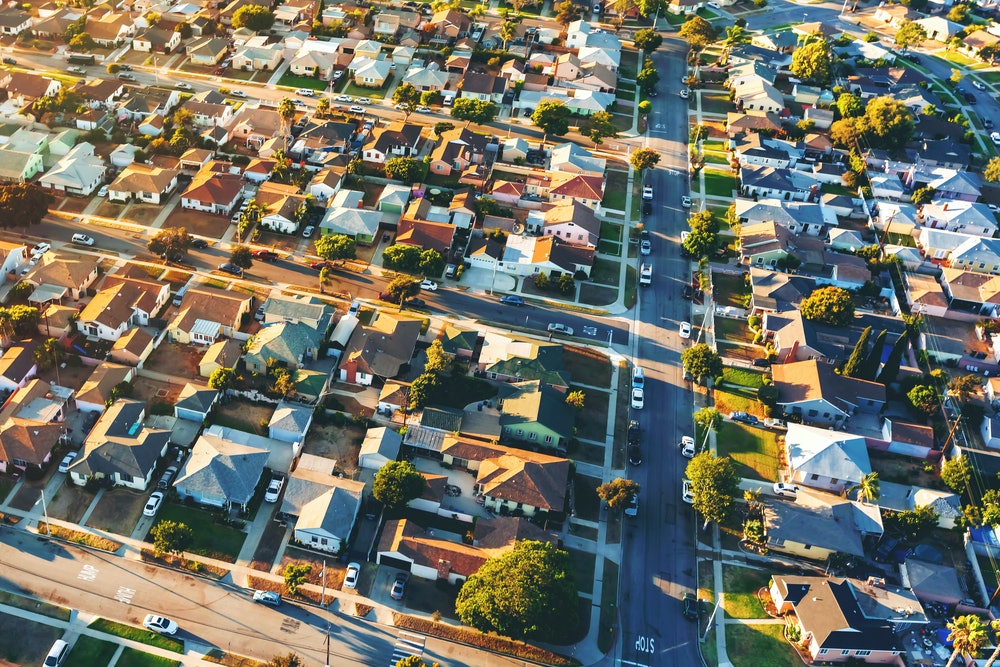Economies become lethargic in places where social conventions suggest everyone should aspire to about the same level of success and no one should...
Economies become lethargic in places where social conventions suggest everyone should aspire to about the same level of success and no one should get ahead “too much.” Such is the case in Copenhagen, Demark, where — as described previously — a “robobike” culture relates to slow GDP growth. But if a highly regulated society leads to slow economic growth, how does one explain the case of Singapore — a highly regulated society that has had four decades of strong growth? Singapore’s visionary post-colonial leader, Lee Kuan Yew, saw economic growth as the singular animating principal of the civic culture he worked brilliantly to craft. He engineered rules that provided economic sticks and carrots to merchants, developers, financiers, and everyday citizens. All were aimed at creating an economically independent state — no small order given that Singapore has no natural resources other than its location. Lee saw people as the only critical resource and set about helping compose rules that would stimulate hard work, continuous self-improvement, and energetic participation in building the commercial success of the nation. Free market, entrepreneurial capitalism was his model. In making certain that human energy was not unnecessarily wasted, Lee recast the Asian notion of social harmony. To minimize unnecessary discord in one of the world’s most densely settled places, social conventions are of particular importance. The notorious incident where a foreign visitor was caned for improperly disposing of chewing gum tells much about the presence of government in guiding everyday life. Singapore’s economic success, however, is nothing but miraculous: GDP growth has exceeded 7% for the last seven years. The overbearing rules that stifle Copenhagen seem to spur non-stop innovation and expansion in Singapore. The reason the economic records of these two rule-laden cities are so different is that the rules themselves are profoundly different. Just three tell much of the story. First, income support (welfare) programs are profoundly different. In Denmark the safety net is very deep — the government provides an income for anyone who cannot find a job or effectively chooses not to work. Moreover there are mandated and rich benefits for all workers in Denmark. In Singapore people must work since government support is minimal. The presumption for the able-bodied population is that work is the normal preoccupation of adults. Second, labor markets are free in Singapore, reflecting the city-state’s eagerness to succeed in international commerce. The rewards of work are substantially higher in Singapore, in large measure because its tax laws encourage work. There the maximum income tax is 20% percent whereas in Denmark the government may claim up to 54%. Finally, the number of people making rules and working for the government in any capacity is much smaller in Singapore. Only 2.7% of the workforce is in the public sector whereas in Denmark over 39% are civil servants. Government costs less is Singapore because there is less of it. The rules, of course, reflect real differences in the cultural aspirations they are meant to encourage. In Singapore the desire to differentiate oneself is ubiquitous. Ambition, hard work, study, and innovation are the cultural values shared and encouraged widely. The inescapable word for life in Singapore is “speed.” A lively city appears to be in a hurry. Think about America’s growing cities — Miami, Dallas, Austin, San Francisco, New York. They hurry. Places like Buffalo, Detroit, Baltimore, Kansas City, Milwaukee — not so much. Perhaps the difference is that the culture of Singapore is fast — the culture of Copenhagen is, well, slow.



























